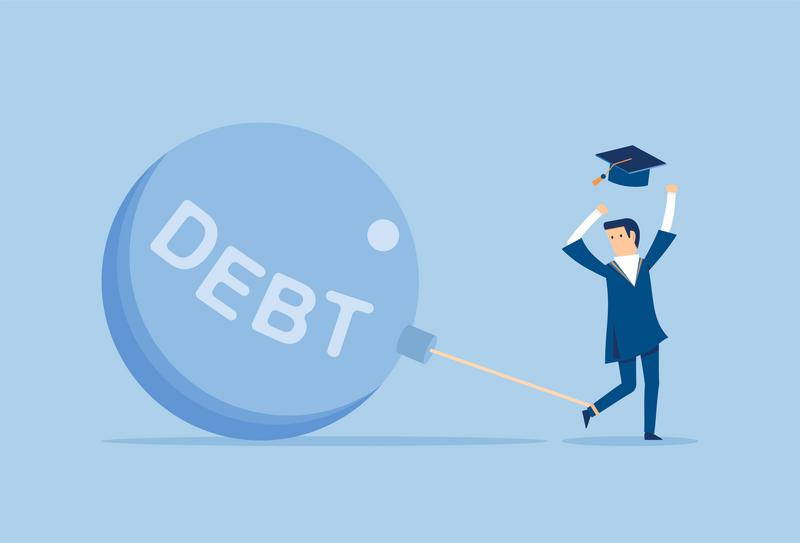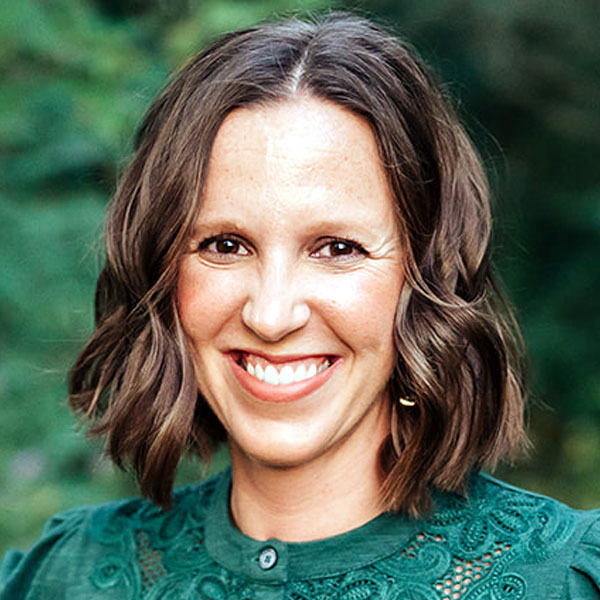The Public Service Loan Forgiveness (PSLF) program was established in 2007 to help borrowers pay off their student loan debt easier and faster. Under the federal program, eligible borrowers can have their loans discharged after 10 years if they meet eligibility requirements, which are as follows:
• Must work full-time for the government or eligible non-for-profit within a designated field, such as firefighting, teaching, government, nursing, public interest law, military, or religious work;
• Make 10 years’ worth of payments, totaling 120 payments (although you are still eligible if you have to pause payments through forbearance), for the full amount within 15 days of your monthly payment due date.
• Have loans in the federal direct loan program; however, you can consolidate your federal loans for one payment under PSLF.
Though those are the general requirements, there are a myriad of other detailed requirements that borrowers must meet in order to remain eligible for student loan forgiveness. According to NerdWallet, it’s actually very difficult to qualify.
They report that of the 726,811 applications filed for forgiveness, only 8,429 have actually been approved. That’s just a little over a 1% acceptance rate.
For this reason, the Department of Education is taking steps over the coming months to help alleviate student loan debt for thousands of borrowers, according to a press release.
With the new guidelines, the Department estimates that 550,000 borrowers will see some sort of debt relief. Approximately 22,000 of those borrowers will have their loans completely forgiven, which totals about $1.74 billion in student loan forgiveness; and about 27,000 borrowers will eventually qualify for a total of $2.82 billion in forgiveness.
In order to make student loan forgiveness more achievable, the Department of Education will make the following changes, as outlined in their official press release:
- Provide a loan waiver to allow direct loan payments to count toward forgiveness that otherwise would not have counted toward PSLF (must apply by October 31, 2022). This waiver applies to those who have Direct Loans, those who have already consolidated under the Direct Loan program, and those who have other types of federal student loans who apply for consolidation under the Direct Loan Program during the allotted time. Borrowers can take action on this waiver by visiting: StudentAid.gov/PSLF.
- Simplify which payments qualify for PSLF. In the past, borrowers have been penalized for being short on their payment amount by a penny or two. Simple mistakes like this have cost borrowers forgiveness. The new changes will allow for more leniency.
- Allow months serving in military to count toward PSLF. Members of the military are able to put their student loans into forbearance or deferment while they’re on active duty, but those months do not count toward PSLF. Under the new rules, months spent on active duty will count toward PSLF regardless of their loan status.
- Automatically make federal employees and members of the military part of the PSLF program. Next year, qualifying federal employees and military members will be automatically registered for PSLF.
- Review denied applications and correct errors. Many borrowers have complained of processing errors as well as discrepancies in the amounts they owe. The Department will review these complaints to ensure that borrowers are not being cheated out of qualifying.
- Improve communication with eligible borrowers. The Department will begin reaching out to borrowers who qualify for PSLF. Specifically, individuals will be emailed who have made 120 payments but need to verify their employer as well as those who made previous payments that did not qualify but now do under the new rules.
- Simplify the application process. Make it easier for borrowers to apply for public service loan forgiveness.
- Continue to make long-term improvements to the program. The Department of Education will continue to make improvements to the program through the rule-making process.

